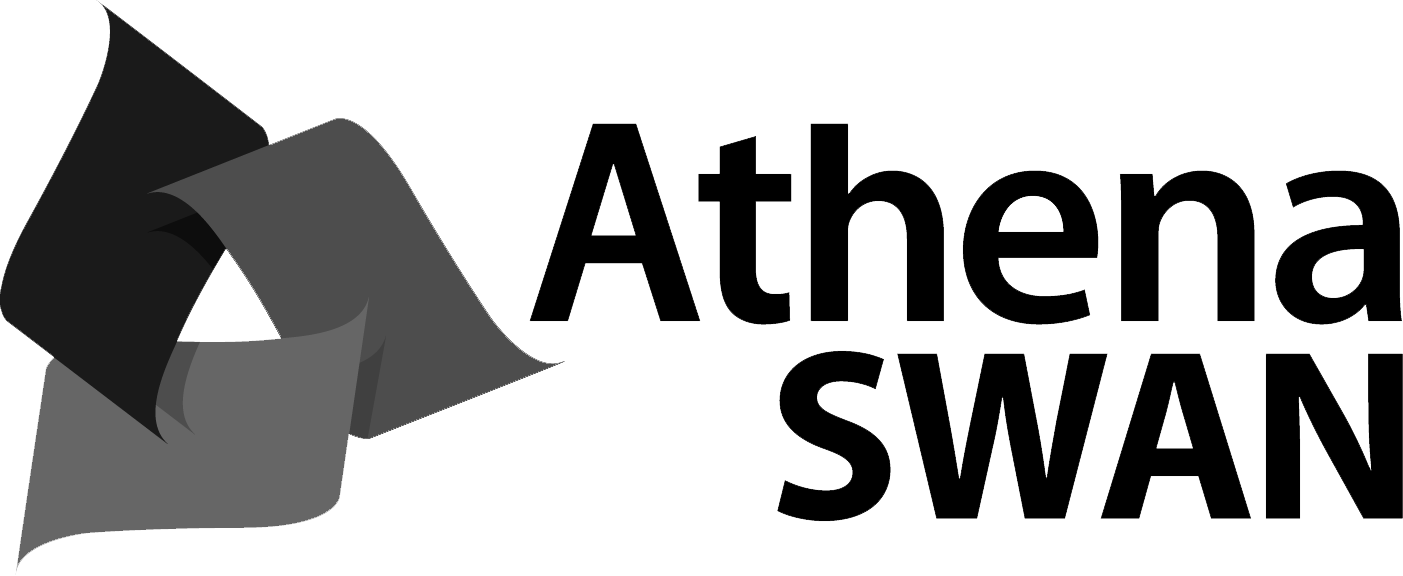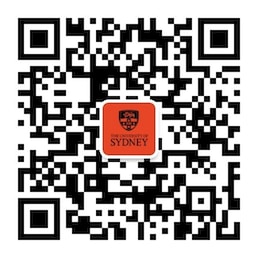This unit gets students to consider the broader application of design thinking as a way of informing and creating social outcomes. Design for social impact aims to design solutions to meet social needs in a better way than the existing solution. Students will have the opportunity to develop their design thinking competency through the application of a real-world social problem. Students will address prevailing or emerging social issues through the design of products, services and experiences. Students will be guided through the design thinking process of understanding user and stakeholder needs, defining problems, ideating solutions, prototyping and testing design solutions. This unit gives students the opportunity to tackle the challenges of 21st Century life through the exploration of new technology and current practices to design the future they want to live in.
Unit details and rules
| Academic unit | Design Lab |
|---|---|
| Credit points | 6 |
| Prerequisites
?
|
DECO2016 or DECO1006 |
| Corequisites
?
|
None |
|
Prohibitions
?
|
None |
| Assumed knowledge
?
|
Knowledge of design thinking methods and processes |
| Available to study abroad and exchange students | Yes |
Teaching staff
| Coordinator | Melinda Gaughwin, melinda.gaughwin@sydney.edu.au |
|---|---|
| Lecturer(s) | Melinda Gaughwin, melinda.gaughwin@sydney.edu.au |





